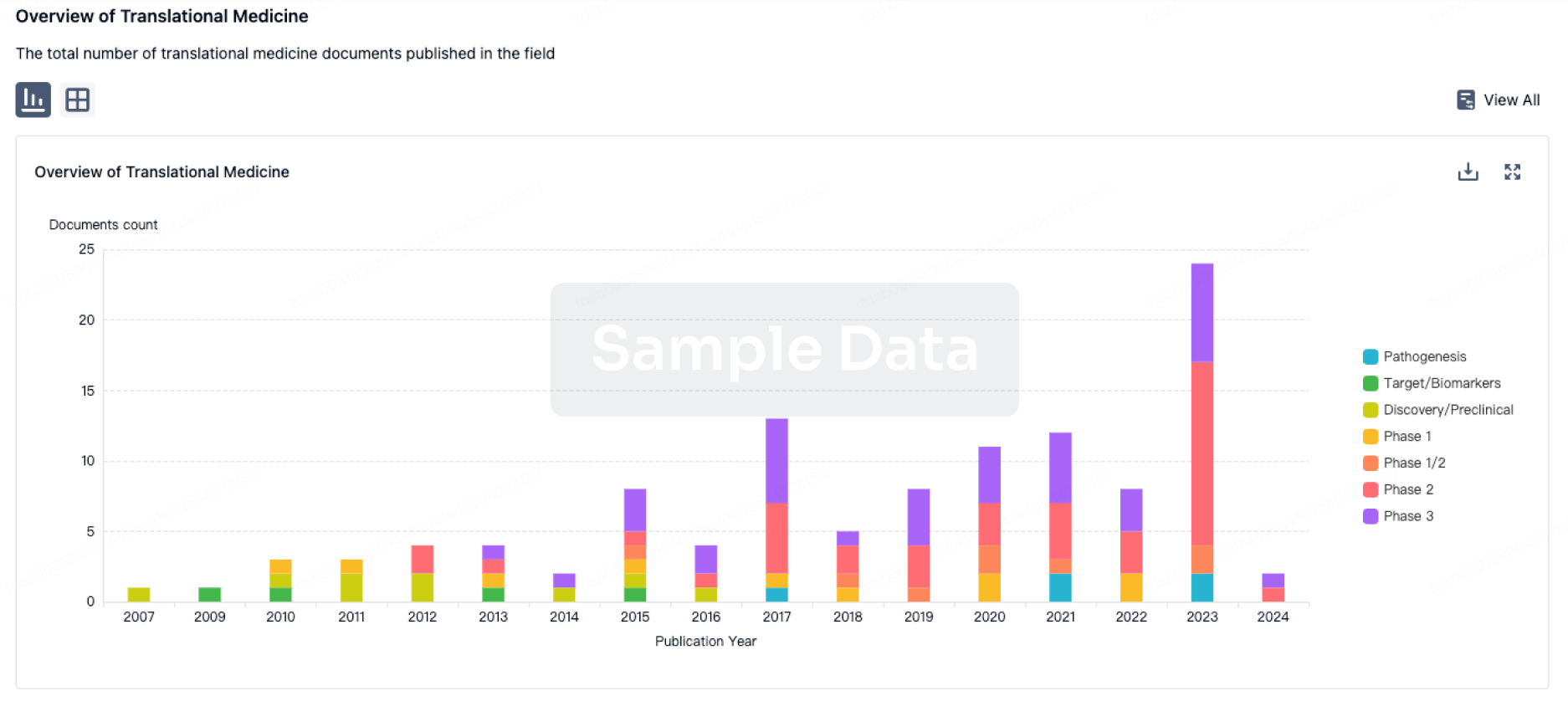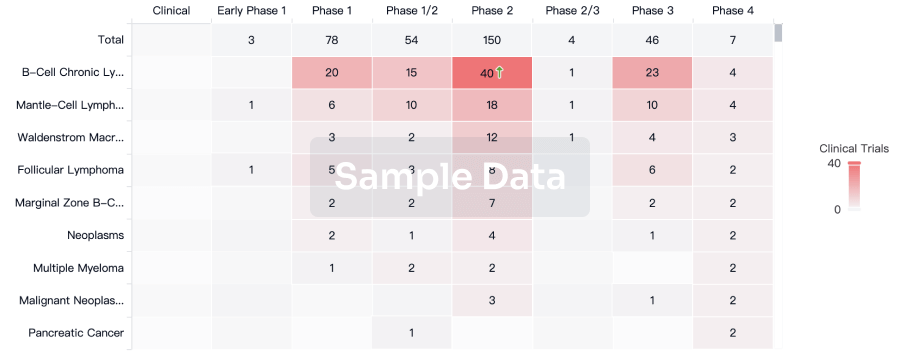5
Clinical Trials associated with Inactivated Monovalent Influenza virus A/Vietnam/1203/2004 (H5N1, clade 1) vaccine (Sanofi pasteur)A Phase I Study to Assess the Safety, Reactogenicity and Immunogenicity of Two Quadrivalent Seasonal Influenza Vaccines (Fluzone(R) or Flublok(R)) With or Without One of Two Adjuvants (AF03 or Advax-CpG55.2) in Healthy Adults 18-45 Years of Age
This is a Phase I, randomized, double blinded, clinical trial in up to 240 males and non-pregnant females, 18-45 years of age, inclusive, who are in good health and meet all eligibility criteria. This clinical trial is designed to assess the safety, reactogenicity and immunogenicity of either the 2018/2019 seasonal Fluzone or Flublok Quadrivalent Influenza Vaccine (QIV) manufactured by Sanofi Pasteur (SP) given without adjuvant or with one of two adjuvant formulations, AF03 or Advax-CpG55.2. Eight Vaccine and Treatment Evaluation Unit (VTEU) sites will be included in the study. Study duration is approximately 18 months, and subject participation duration is 12 months. The primary objectives of this study are: 1) to assess the safety and reactogenicity of 2018/2019 Fluzone and Flublok with and without AF03 or Advax-CpG55.2 adjuvant; 2) to assess the serum hemagglutination inhibition (HAI) antibody responses against 2018/2019 QIV strains from baseline (Day 1) to approximately Day 29 after receipt of 2018/2019 Fluzone and Flublok with and without AF03 or Advax-CpG55.2 adjuvant; 3) to assess the serum neuraminidase inhibition antibody (NAI) responses by enzyme-linked lectin assay (ELLA) against NA antigens in the 2018/2019 QIV from baseline (Day 1) to approximately Day 29 after receipt of 2018/2019 Fluzone and Flublok with and without AF03 or Advax-CpG55.2 adjuvant; 4) to assess the influenza neutralizing (Neut) antibody titer responses against 2018/2019 QIV strains from baseline (Day 1) to approximately Day 29 after receipt of 2018/2019 Fluzone and Flublok with and without AF03 or Advax- CpG55.2 adjuvant.
Randomized, Double-Blinded, Phase 2 Study to Assess Safety and Immunogenicity of Homologous and Heterologous Prime-Boost Vaccination Strategies With Stockpiled Inactivated Monovalent Influenza A(H5) Vaccines Administered Intramuscularly With Either AS03 or MF59® as Adjuvant
The main purpose of this study is to assess the ability of H5 influenza virus vaccines and adjuvants present in the National Pre-Pandemic Influenza Vaccine Stockpile (NPIVS) to generate an immune response to homologous and to antigenically distant heterologous H5 influenza virus strains.
The study is designed to evaluate the safety and immunogenicity of vaccination strategies with homologous or antigenically distant heterologous H5 influenza virus vaccines administered with AS03 or MF59 adjuvant.
Phase 1 Evaluation of the Safety and Immunogenicity of a Replication-Competent Adenovirus Serotype 4-vectored H5N1 Influenza Candidate Vaccine - Ad4-H5-Vtn
The purpose of this study is to compare the safety and immunogenicity over a 9-month period of five different dosages of Ad4-H5-Vtn in volunteers (Vaccinees) who receive three doses of the study vaccine or placebo. In addition, transmission of Ad4-H5-Vtn will be evaluated in all Household Contacts residing with the vaccinated volunteers.
Vaccinees also may participate in a substudy in which they receive a booster vaccination with the licensed Influenza Virus Vaccine, H5N1 (Sanofi Pasteur).
100 Clinical Results associated with Inactivated Monovalent Influenza virus A/Vietnam/1203/2004 (H5N1, clade 1) vaccine (Sanofi pasteur)
100 Translational Medicine associated with Inactivated Monovalent Influenza virus A/Vietnam/1203/2004 (H5N1, clade 1) vaccine (Sanofi pasteur)
100 Patents (Medical) associated with Inactivated Monovalent Influenza virus A/Vietnam/1203/2004 (H5N1, clade 1) vaccine (Sanofi pasteur)
100 Deals associated with Inactivated Monovalent Influenza virus A/Vietnam/1203/2004 (H5N1, clade 1) vaccine (Sanofi pasteur)








